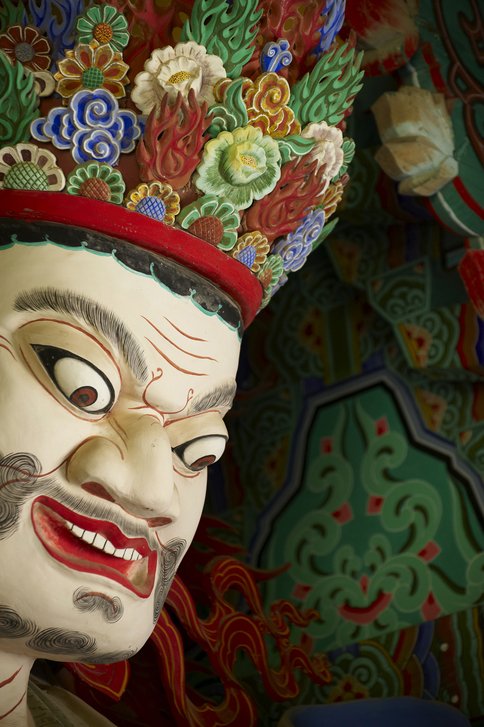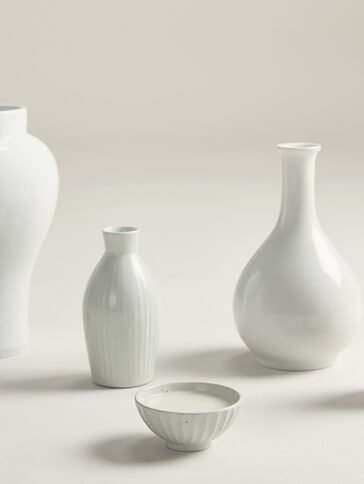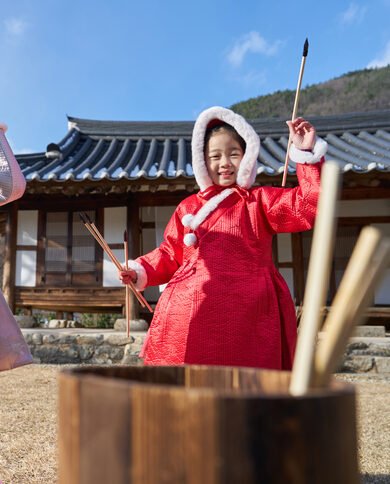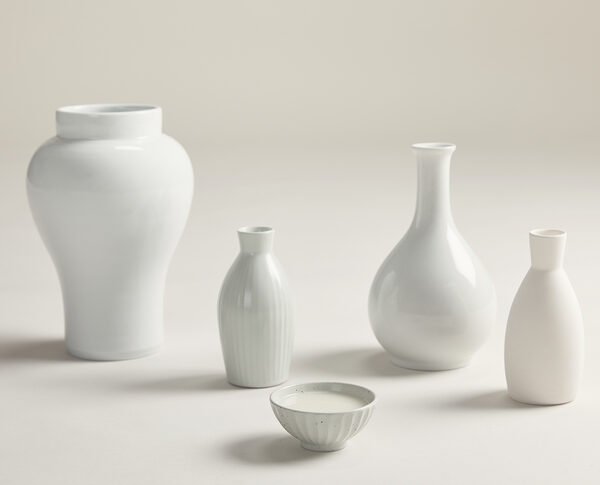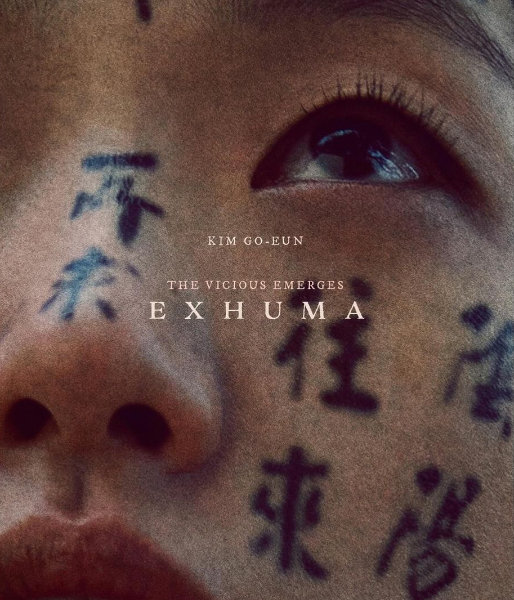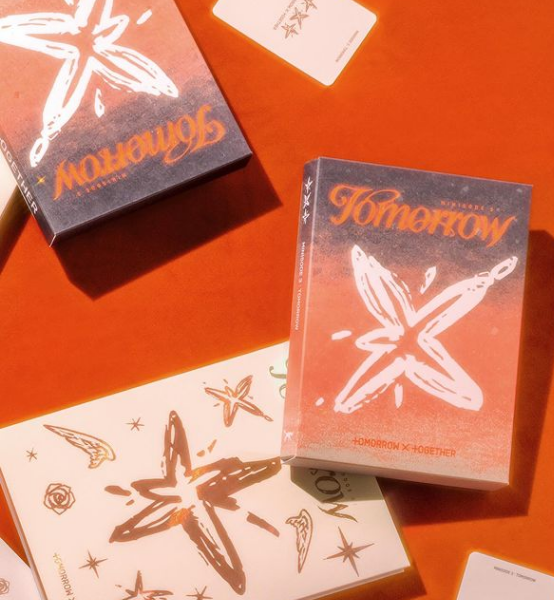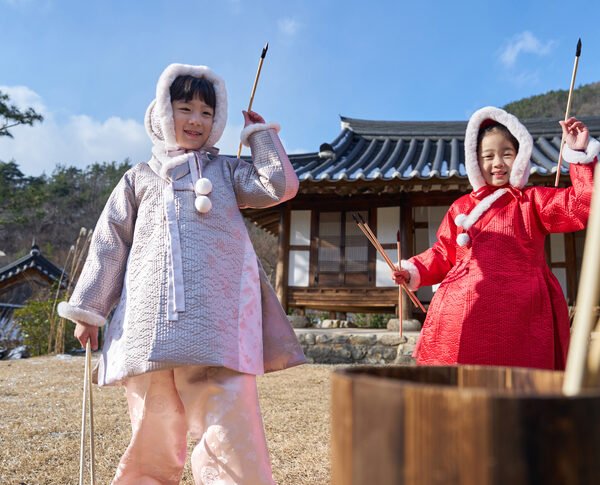Buan County in North Jeolla Province, Korea, beckons visitors with its intriguing blend of timeless Buddhist culture and breathtaking natural beauty. Naeso Temple, an ancient sanctuary, recently celebrated the recognition of its 800-year-old bronze bell as a national treasure—a dazzling testament to the rich history and significance of this holy site. Gaeam Temple, another historic monastery, boasts state-designated treasures like the revered Daeungjeon and the awe-inspiring Yeongsanhoe Buddhist hanging scroll painting. But Buan’s allure extends beyond its spiritual wonders; nature enthusiasts will be enthralled by the enchanting Jikso Waterfall, renowned for its cascading waters in a round basin, as well as the Gomso Salt Field, a rare natural salt production site. And for those seeking a deeper connection to the past, the Jungmakdong Archaeological Site, located at the westernmost tip of Buan, entices with its links to maritime exchanges in East Asia and the legendary Korean folk tale, “The Tale of Shim Cheong.” Buan County awaits, ready to enchant all who step foot on its hallowed ground.
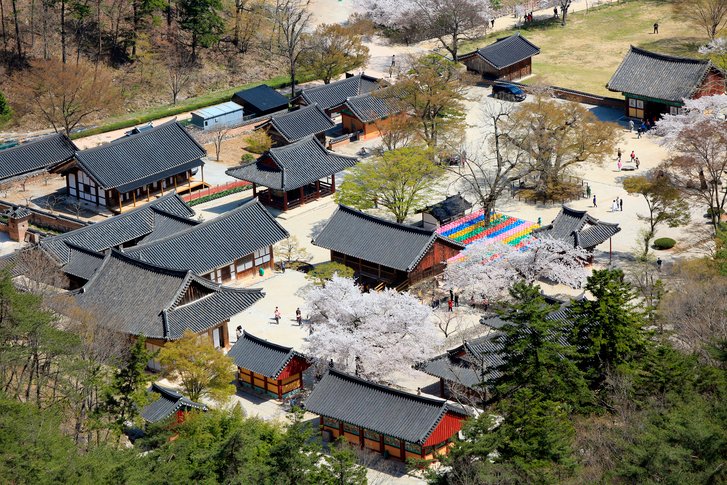
Naesosa Temple
Overview
Naeso Temple, located in Buan County, North Jeolla Province in Korea, is a historic Buddhist monastery known for its rich cultural heritage. It is one of the oldest Buddhist temples in Korea and holds great significance in the country’s religious history.
800-year-old Bronze Bell
One of the highlights of Naeso Temple is its 800-year-old bronze bell, which was recently designated as a national treasure. This bell, produced in 1222, is the largest among surviving bronze bells from the late Goryeo Kingdom. It serves as a remarkable example of the craftsmanship and artistry of the period.
Designated National Treasure
The designation of Naeso Temple’s bronze bell as a national treasure is a testament to the temple’s historical importance and cultural value. It recognizes the temple’s role in preserving and promoting Korea’s Buddhist traditions and heritage.
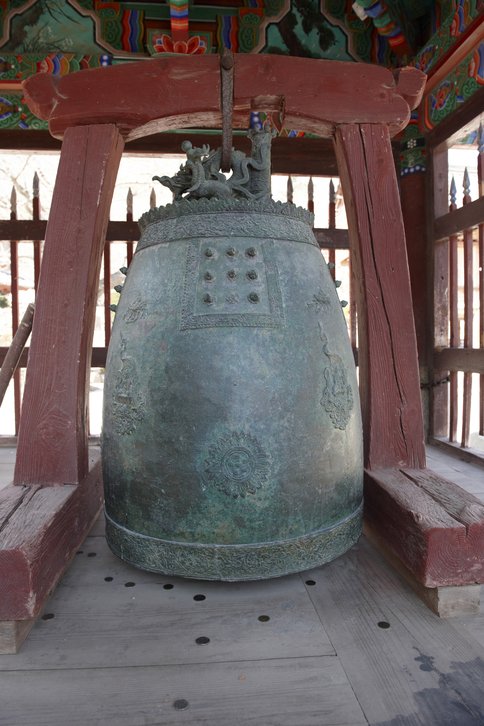
Gaeamsa Temple
Overview
Gaeam Temple, also located in Buan County, is another significant Buddhist monastery in the region. It is known for housing state-designated treasures, showcasing the wealth of historical artifacts and artworks within its premises.
State-Designated Treasures
Among the notable treasures housed in Gaeam Temple are the Daeungjeon (Main Buddha Hall) and the Yeongsanhoe Buddhist hanging scroll painting. These treasures provide a glimpse into Korea’s religious and artistic history, capturing the attention of visitors and scholars alike.
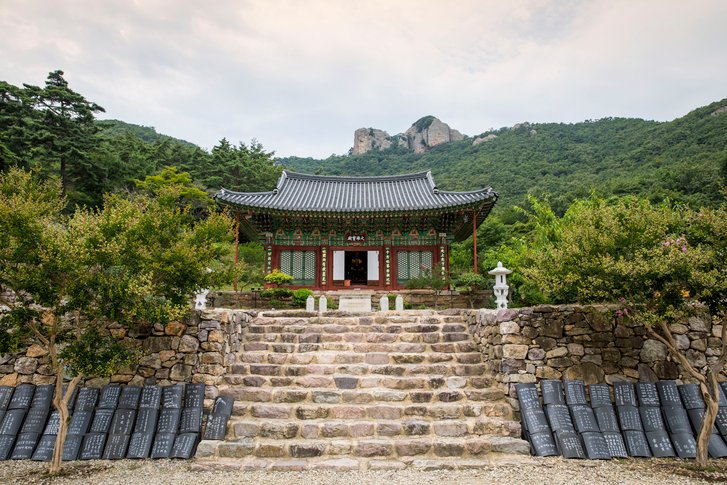
Jikso Waterfall
Overview
Jikso Waterfall, situated in the picturesque landscape of Buan County, is a natural wonder worth exploring. Known for its unique characteristics, this waterfall offers a serene and enchanting experience to visitors.
Unique Characteristics
What sets Jikso Waterfall apart is its cascading water into a round basin. The circular shape of the basin creates a mesmerizing effect, adding to the beauty and tranquility of the site. Surrounding greenery and serene atmosphere make it an ideal spot for relaxation and contemplation.
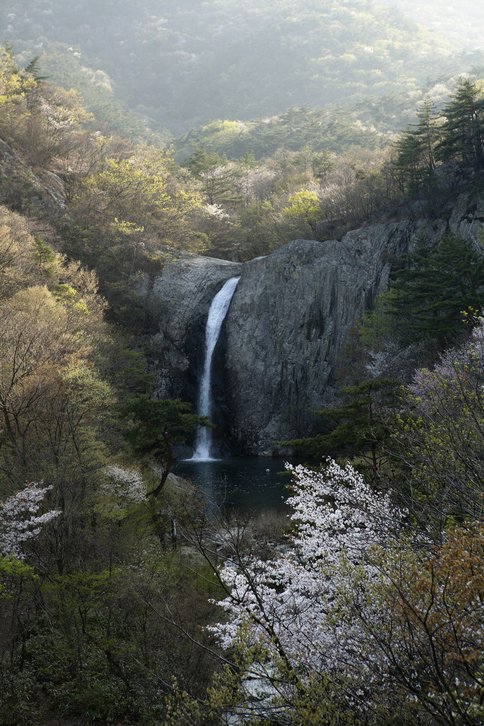
Gomso Salt Field
Overview
Buan County is home to the Gomso Salt Field, one of the few remaining natural salt production sites in Korea. This salt field offers visitors a chance to witness traditional salt production methods and learn about the historical importance of salt in Korean culture.
Natural Salt Production
Gomso Salt Field showcases the traditional methods of salt production, which have been passed down through generations. Visitors can observe the process of salt harvesting, including the collection of seawater, the evaporation process, and the extraction of salt crystals, providing a unique insight into Korea’s cultural heritage.
Last Remaining Sites
As one of the last remaining natural salt production sites in Korea, Gomso Salt Field holds immense historical and cultural value. It serves as a reminder of the importance of salt in the region’s culinary traditions and provides a glimpse into the daily lives of salt producers in the past.
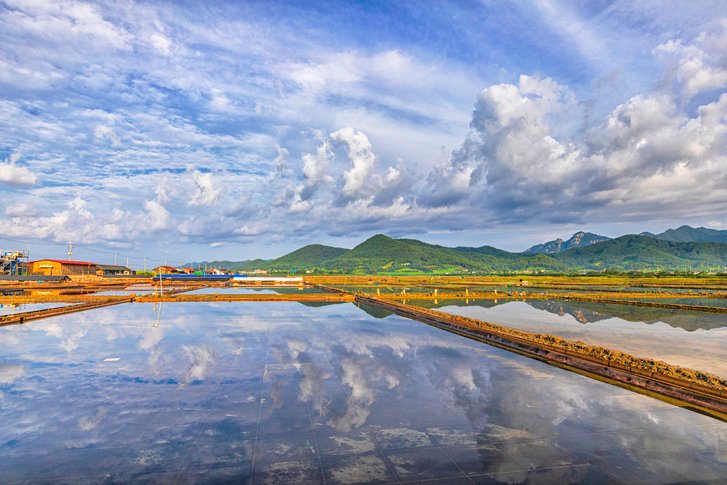
Junkmakdong Archaeological Site
Overview
The Junkmakdong Archaeological Site, situated at the westernmost tip of Buan County, holds great archaeological and historical significance. It has been a strategic location for maritime exchanges in East Asia, making it a site of interest for scholars and history enthusiasts.
Strategic Location
The strategic location of the Junkmakdong Archaeological Site has played a crucial role in facilitating maritime exchanges between Korea and neighboring countries. Its proximity to the sea made it an important hub for trade and cultural interactions, contributing to the development of local communities.
Maritime Exchanges
The archaeological site provides valuable insights into the maritime exchanges and trade networks that existed in East Asia during ancient times. Through excavations and research, archaeologists have unearthed artifacts and evidence of cross-cultural interactions that shed light on the region’s history.
Possible Link to Folk Story
The Junkmakdong Archaeological Site has also sparked interest due to its possible link to the Korean folk story “The Tale of Shim Cheong.” The story revolves around a young girl who sacrifices herself to the sea to regain her blind father’s eyesight. Some speculate that the site’s location may have inspired elements of this popular folk tale.
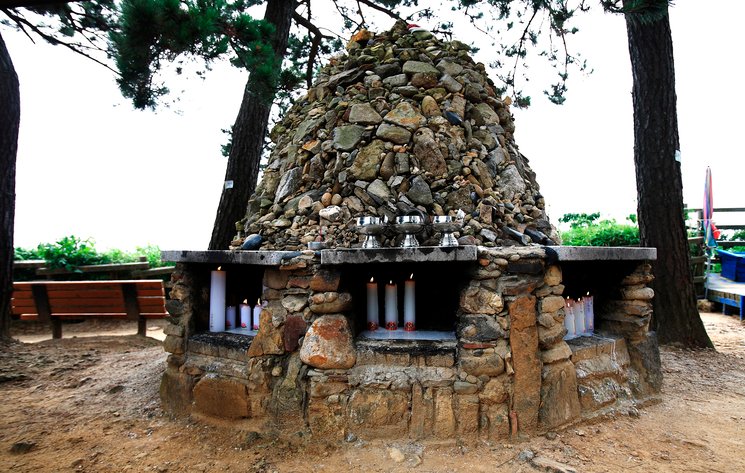
Buddhist Culture in Buan County
Historical Significance
Buan County has a deep-rooted Buddhist culture that spans centuries. The county’s monasteries and religious sites hold immense historical significance, playing a fundamental role in the development and spread of Buddhism in Korea.
Centuries-Old Monasteries
Buan County is home to numerous centuries-old monasteries, which have withstood the test of time and preserved their spiritual and architectural beauty. These monasteries serve as peaceful retreats for Buddhist practitioners and spiritual seekers, attracting visitors from all over the world.
Religious Practices
The Buddhist culture in Buan County offers a unique opportunity to witness and participate in various religious practices. Visitors can engage in meditation sessions, attend Buddhist ceremonies, and learn about Buddhist teachings and philosophies, deepening their understanding of this ancient faith.
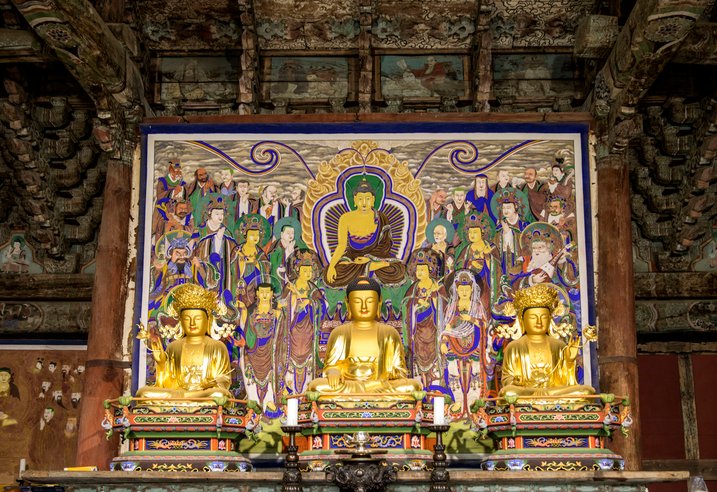
Natural Beauty of Buan County
Scenic Landscapes
Buan County boasts breathtaking scenic landscapes that captivate visitors with their natural beauty. From rolling hills and lush forests to serene beaches and crystal-clear rivers, the county offers a diverse range of picturesque vistas.
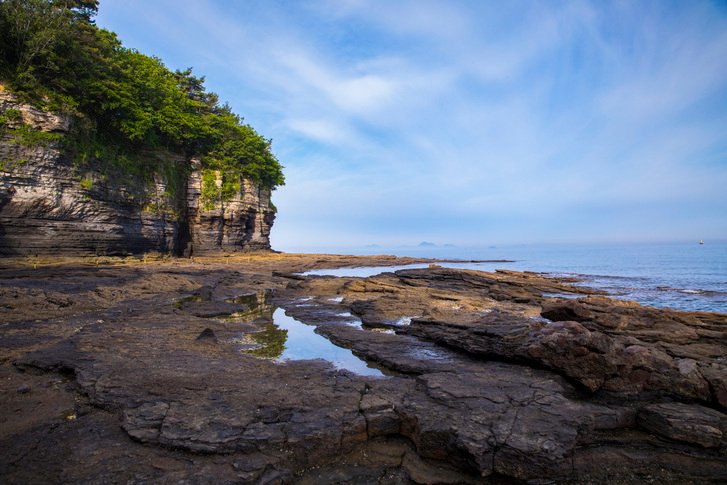
Exquisite Waterfall
In addition to the Jikso Waterfall, Buan County is home to several other exquisite waterfalls. These cascading wonders offer a soothing and awe-inspiring experience, allowing visitors to immerse themselves in the beauty of nature and find tranquility amidst the rushing water.
Unspoiled Salt Field
The Gomso Salt Field not only serves as a significant cultural site but also contributes to the natural beauty of Buan County. The unspoiled landscape surrounding the salt field adds to its charm, creating a harmonious blend of cultural and natural elements.

Preservation Efforts
Conservation of Cultural Heritage
Buan County places great emphasis on the conservation and preservation of its cultural heritage. Efforts have been made to protect and restore historic temples, artifacts, and archaeological sites, ensuring that future generations can continue to appreciate and learn from these valuable cultural assets.
Environmental Protection
Alongside the conservation of cultural heritage, Buan County is committed to environmental protection. Measures have been taken to safeguard the county’s natural landscapes, promote sustainable tourism practices, and preserve the delicate ecosystems that contribute to its unique biodiversity.
Local Attractions
Buan Cultural Center
The Buan Cultural Center is a hub of cultural activities, exhibitions, and performances that showcase the rich heritage and artistic traditions of the region. It provides a platform for local artists and artisans to display their talents, fostering a sense of community and pride in Buan County’s cultural identity.
Buan Museum
The Buan Museum offers a comprehensive look into the history, culture, and natural environment of the county. Through its exhibits and educational programs, the museum provides visitors with valuable insights into Buan’s past, further enriching their understanding and appreciation of the region.
Local Cuisine
Exploring the local cuisine is an essential part of any visit to Buan County. The region is known for its diverse culinary offerings, ranging from fresh seafood dishes to traditional Korean delicacies. Visitors can savor the flavors of Buan through its numerous restaurants and street food vendors, indulging in a gastronomic adventure that reflects the county’s cultural heritage.
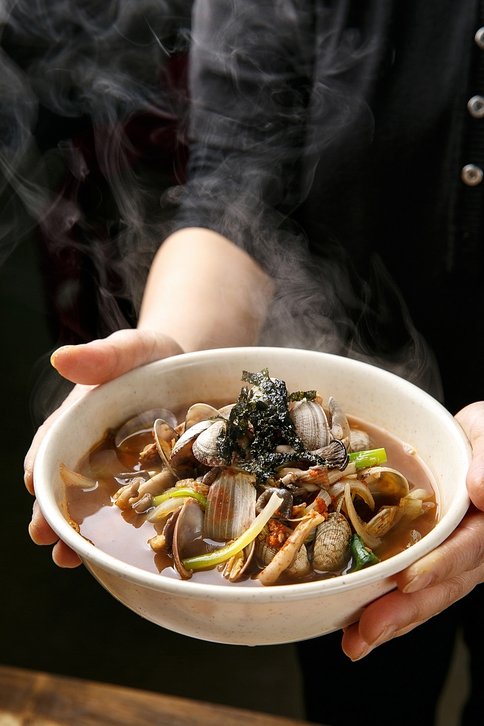
Accessibility and Accommodation
Transportation Options
Buan County is easily accessible by various transportation options. Visitors can choose to travel by bus, train, or car, depending on their preferences and convenience. The county’s well-connected transportation network ensures that visitors can explore its attractions with ease.
Hotels and Guesthouses
For accommodation, Buan County offers a range of options to suit different budgets and preferences. From luxury resorts to cozy guesthouses, visitors can find comfortable and convenient places to stay during their visit. The warm hospitality of the locals adds to the overall experience, making guests feel welcome and at home.
In conclusion, Buan County in North Jeolla Province, Korea, offers a harmonious blend of Buddhist culture, natural beauty, and cultural heritage. With its historic temples, breathtaking landscapes, and preservation efforts, Buan County provides a unique and enriching experience for visitors seeking to immerse themselves in the rich history and natural wonders of Korea.

